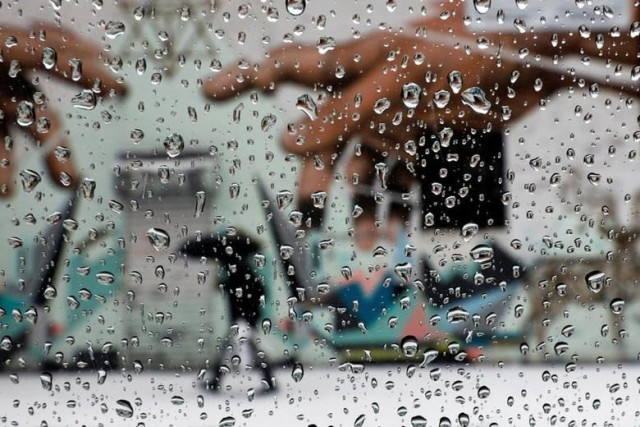Scientists discover microplastics in rain
Recent study confirms presence of almost 81 tonnes of microplastics in rain, making water harmful for drinking

A recent study in New Zealand has discovered as much as 81 tonnes of microplastics in the rain that fell from the sky in 2020, making the water harmful for drinking.
Scientists part of the study has said that the high PFAS levels, a carcinogenic substance, deemed the water undrinkable for humans.
The 2022 study confirms the 2019 study that first discovered microplastics in rain conducted by the US Department of Interior. Expecting to see "soil and mineral particles" scientists were stunned to find fibers, beads and shards of microplastics.
Scientists are still working on the exact effects of ingesting microplastics by humans, even though evidence has shown that they have already been found in the bloodstream and lungs.
The usage of microplastics has increased drastically over the years with over 24 trillion pieces in our oceans today.
Rainwater contamination poses a serious threat to those who depend on it for drinking purposes, and as the journal of Environmental Science and Technology said, the "levels of PFAAs in atmospheric deposition are especially poorly reversible because of the high persistence of PFAAs and their ability to continuously cycle in the hydrosphere, including on sea spray aerosols emitted from the oceans."
This has deemed it essential that PFAS uses and emissions are rapidly restricted, the journal maintained.
Co-author of the 2019 study on microplastics, Gregory Weatherbee said, "I think the most important result we can share with the American public is that there's more plastic out there than meets the eye. It's in the rain, it's in the snow. It's a part of our environment now."


















COMMENTS
Comments are moderated and generally will be posted if they are on-topic and not abusive.
For more information, please see our Comments FAQ